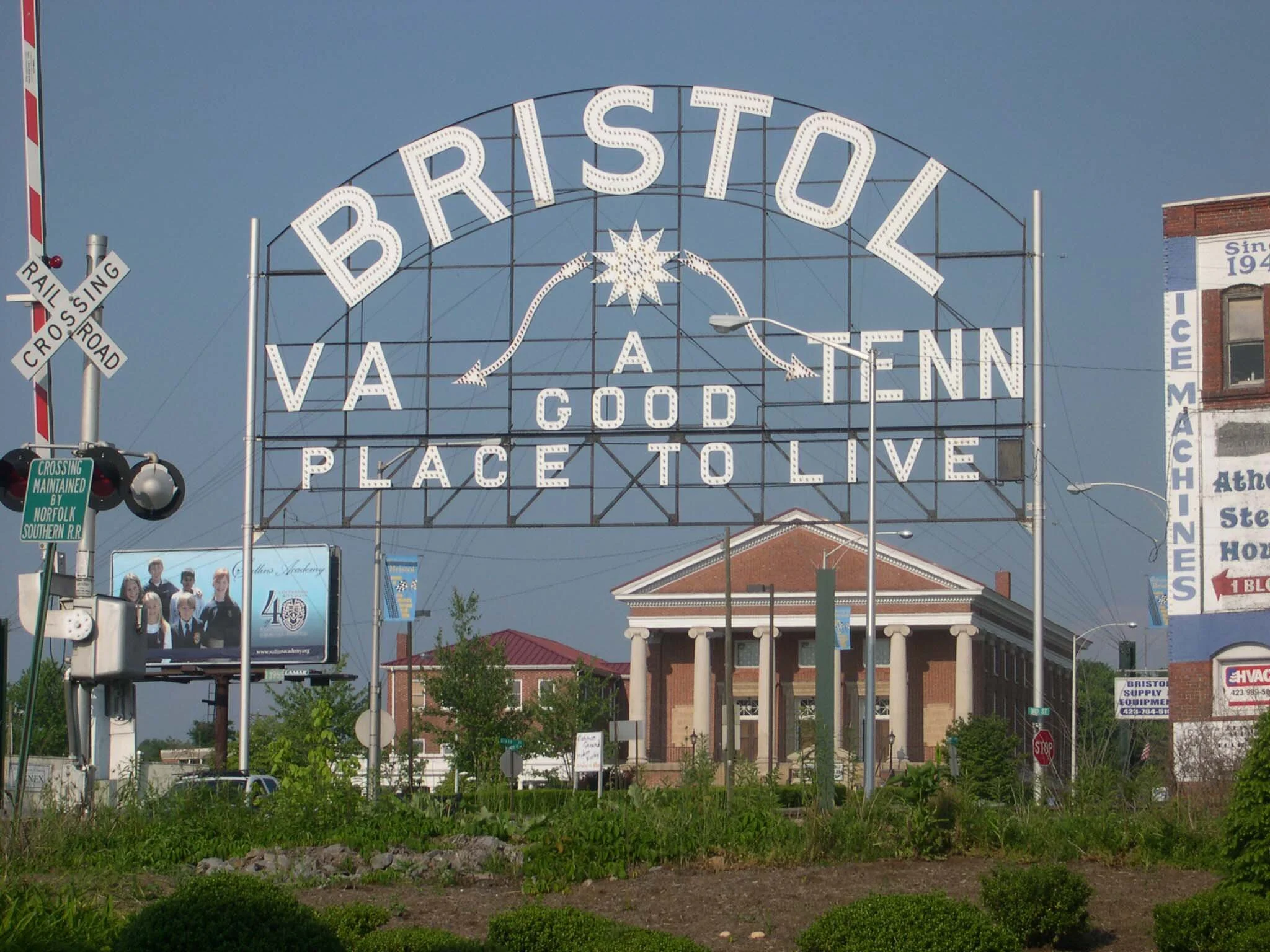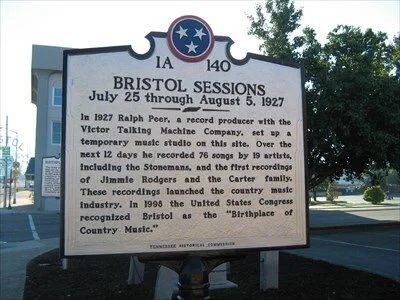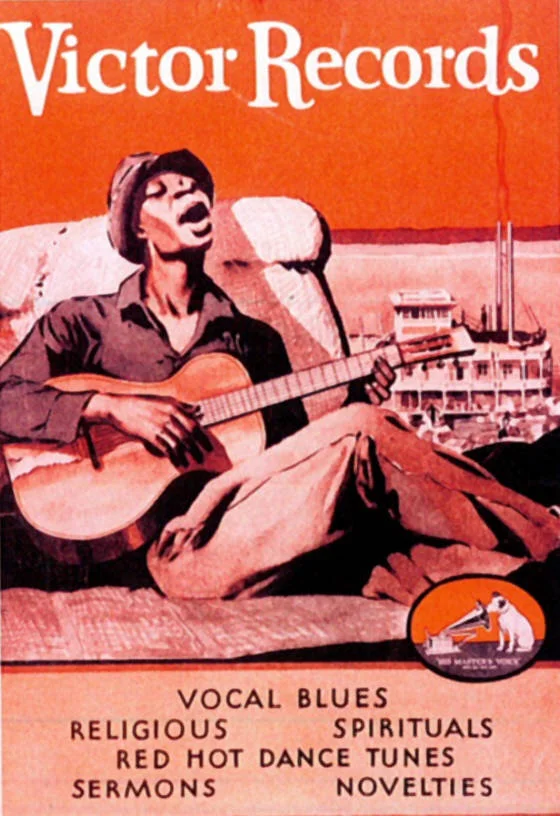Ralph Peer & Victor Records: The Hidden Heroes Of Country Music
By: Dr. David C. Appleby
Hillbilly, Rockabilly, Country, Country Western, Western Swing, Folk - different names for the same thing?; variations of the same theme?; the melting pot of American music? - whatever - it had to start somewhere. One source was Great Britain as Scotch Irish ballads and the fiddle found themselves migrating from Philadelphia, west to Lancaster, south along the Great Wagon Road of Virginia, entering the Appalachians, and on to Tennessee and the Carolinas. The banjo came to us, fretless with a gourd, from Africa. Yodeling? - try Germans from the Alps. Add the flavor of Mexico, Cuba, the emerging sound from New Orleans and Memphis......my goodness!
Ok - So how did it start? In April, 1923, Victor Records released what is widely regarded as some of the first ‘country’ records. "Arkansas Traveler" and Turkey in the Straw" by fiddlers Henry Gilliland and AC Robertson didn’t exactly sound like modern country - but they were a very good start. Meanwhile, Ralph Peer, working for smaller Victor competitor, OKeh Records, gave us the first "Here's Johnny!!!', when he went to Atlanta and recorded Fiddlin' John Carson's " Little Old Log Cabin in The Lane". This was the first known country song with vocals and lyrics - arriving in June, 1923.....the race was on! Back to Victor in Camden, NJ - in May, 1924, came the release of the "Wreck of the Old 97”, by Vernon Dalhart. This record became the first nationwide country hit. Mr. Peer, no fool he, went to Camden looking to work for the Victor Talking Machine Company. Peer saw an entire country music market during an era in which this seemed unlikely. Peer was convinced that if he got on the road, and traveled south to Appalachia, he might find untapped, unrecorded, and unknown musicians., whose records would be bought by their neighbors. Ernest Stoneman, a musician who had recorded with Peer earlier suggested that he not miss Bristol on his southern journey.
Victor Records Building #2 in Camden, NJ where Ralph Peer would interview and later work for many years.
There were only a few problems with Ralph Peer’s plan. The first being that Victor’s A&R department - (in charge of scouting artists for Victor Records) were not entirely hyped on the idea of bringing on a new hotshot from a competing record company to their Camden, NJ Offices and Recording studios at 201 North Front St. Camden. N.J. The second being that they weren’t jumping at Ralph Peer’s initial suggestions in regards to pay. After an initial rejection, Ralph went home and rethought his approach to joining the already fabled Victor Talking Machine Co.
Ralph soon returned to Camden, NJ - and Victor Records’ HQ - with a new idea; he’d work for expenses and the right to sign artists’ songs to private publishing deals. The Victor Co., (during an era in which record companies explicitly left song publishing rights to entirely separate and disassociated music publishing companies - a practice many early recording companies felt helped them avoid a conflict of interest that would adversely affect the artist.) took the bait - and Ralph Peer became a critical member of Victor Records’ A&R team. His first assignment was expanding the entire country music market - by brute force - by heading to what Peer and Victor felt was a central location to attracting as many ‘hillbilly’ artists as possible; Bristol, Tennessee.
Bristol, Tennessee/Virginia....huh? That's right. If you straddle the stripe down the middle of main street you're in both states at the same time. Having done it - it's really cool. Between July 25 and August 5, 1927 Peer and his engineers held recording sessions on the third floor of the Taylor-Christian Hat and Glove Company. Today this is a vacant lot...with a well done plaque to commemorate what went down. And what went down was The Bristol Sessions , which have been called the "Big Bang" of country music by some, and the birth of country music by others. Need Proof ? - visit the Birth of Country Music Museum, right in downtown Bristol.
On July 25 Peer recorded ten Ernest Stoneman numbers for starters. Several acts and a few days later, on August 1, a trio known as the Carter family arrived The original three consisted of husband and wife AP and Sara Carter, with Sara's cousin Maybelle. They came from Maces Springs, Virginia, about 20 miles northwest of Bristol. The trip took all day, what with dirt roads, big hills, and a car not much older than the automobile itself. They sang four songs on the first day; two on the second; and were paid $50 per song. Included were "Bury Me Under the Weeping Willow"; "Little Log Cabin by the Sea"; "The Poor Orphan Child"; "The Storms are on the Ocean"; "Single Girl, Married Girl"; and "The Wandering Boy" - songs handed down from generation to generation, that glorified the traditional values of home, family, and faith. When released on radio, one could say that the records went viral!! LIghtning had struck!
The marker commemorating Victor’s recording sessions in the town.
On August 4, Jimmie Rodgers performed "The Soldier's Sweetheart" and "Sleep, Baby, Sleep". Rodgers presented the other side of the country coin - raucous; honkey-tonk; bluesy - and went on to be acknowledged as the "Father of Country Music". Ralph Peer had struck gold again!!
Thanks in part to the vision of Victor A&R/Record Producer Ralph Peer - Victor’s catalog became a model for the diversity of music we all have access to today.
Peer and The Victor recording team packed up and brought their haul back to the Victor, Camden NJ plant for mastering, pressing, distribution, and marketing. Johnny Cash would call this the ‘Big Bang Of Country Music’. The next several years, Ralph and Victor would bring The Carters, Jimmie Rodgers, and many more to Camden’s Victor recording studios to make bigger and bigger hits that would become the basis of all country music today - and through Victor and Peer - much of America was introduced to itself through country music; and this was just the beginning....Peer would soon go on to lead Victor through the early 1930s - launching the famous Bluebird Records subsidiary of the company in 1932…but that’s a story for a different time.
If you like this content, support Victor by visiting VictorRecords.com and signing up to our mailing list today! Join our historic movement for the future in taking back the music industry.






